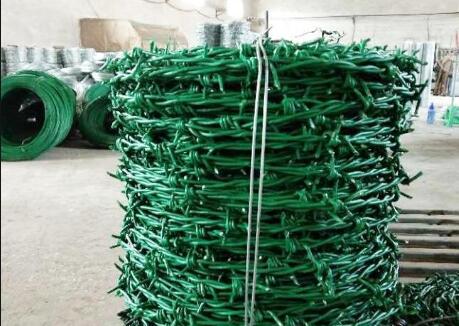Building a quail cage for outdoor use can be a fulfilling project for anyone interested in raising these small, game birds. Quails are not only popular for their meat and eggs but also make for charming pets. To ensure they thrive, it’s crucial to design a comfortable and secure environment. Here are some key considerations and steps for creating effective outdoor quail cage plans.
Choosing the Right Location
Before you start constructing your cage, consider the location. Select a spot that offers ample sunlight, ensuring that the cage is not exposed to harsh winds or extreme temperatures. Ideally, the area should have some shade to protect the birds during the hottest parts of the day. Additionally, the ground should be well-drained to prevent water from collecting inside the cage.
Designing the Cage
Quail are small birds, and they thrive in a space that mimics their natural habitat. A good design for an outdoor quail cage should include a spacious enclosure that allows them to move around freely. A footprint of at least 4 feet by 8 feet is ideal for a small flock, with an adequate height to allow for vertical structure. Consider using a combination of wood and galvanized wire mesh to construct the walls, which will provide durability and security against predators.
Ventilation and Security
outdoor quail cage plans

Adequate ventilation is vital for the health of your quails. Ensure that your cage design incorporates enough openings, but also remember to cover these areas with mesh to keep unwanted pests out. The roof of the cage can be constructed with the same wire mesh, allowing for easy air circulation while preventing any potential escape.
Feeding and Watering Stations
Incorporate feeding and watering stations that are easily accessible. A raised feed trough can help keep the feed clean and reduce waste, while a small water container should be placed in a shaded area to avoid overheating. Remember to clean these stations regularly to maintain a healthy environment for your quails.
Additional Features
To enhance the living conditions for your quail, consider adding nesting boxes, perches, and dust bathing areas. These features will not only provide comfort but also promote natural behaviors. Having a dedicated nesting area is especially important if you plan to breed your quails.
In summary, building an outdoor quail cage involves careful planning and consideration of the birds' needs. By selecting the right location, designing a secure and spacious enclosure, and incorporating necessary features, you can create a safe haven for your quail. With proper care and attention, you will enjoy the rewards of raising these delightful birds.

















